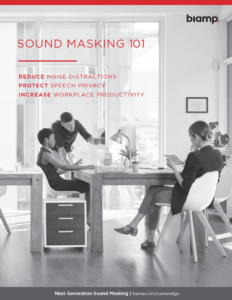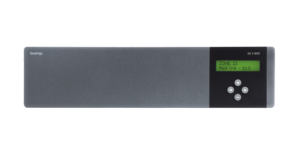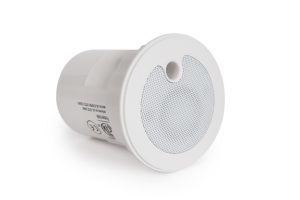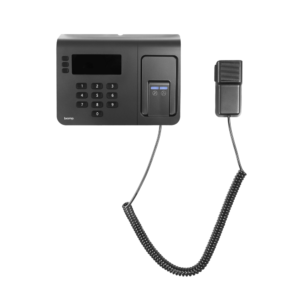In Sunday’s New York Times, reporter James Barron discussed the quandary of Dafna Sarnoff, a marketing executive that went from having a large office at a financial services firm to a new opportunity at Yodle, a start up, where she’d have to sit at a desk in a completely open office environment. The change was so dramatic that she considered not taking the job!
The article explains that Ms. Sarnoff’s situation is not unique:
With rents surging as the Manhattan office market rebounds, many companies are looking to cut costs, and one way to do that is by trimming personal space. The shrinking is happening beyond New York. The average amount of space per office worker in North America dropped to 176 square feet in 2012, from 225 in 2010, according to CoreNet Global, a commercial real estate association. Though more recent figures are not available, real estate experts say there is no doubt that workers are being shoehorned into even less space.
Packing more and more employees into smaller and smaller spaces obviously has repercussions for employees, particularly in regards to speech privacy. The article references a Yodle employee who had to cancel a meeting with a client due to an conflicting colonoscopy appointment — the cancellation and the reason behind it were heard by at least 6 of his open-office neighbors.
With less space to work with, many architects and designers are attempting to create spaces in offices where employees can go to escape the noise. The article explains:
The result, nationally as well as in Manhattan, is offices with less space for desks and more square footage for conference rooms or other activity space areas, as some designers call them. Also popular with architects and designers are “refuge rooms” to which employees can retreat when the buzz around them proves distracting — the open-office equivalent of the low-decibel “quiet car” on many trains.
While we at Cambridge Sound Management agree that “quiet cars” are a good solution to the noise problem, it’s only one piece of the puzzle for making an open office acoustically comfortable. Our recent install at The Bridgespan Group provides a good case study on how companies with open office environments can use a variety of tactics, including adding “quiet cars” and Sound Masking, to help make collaborative workplaces less prone to noise distractions.





